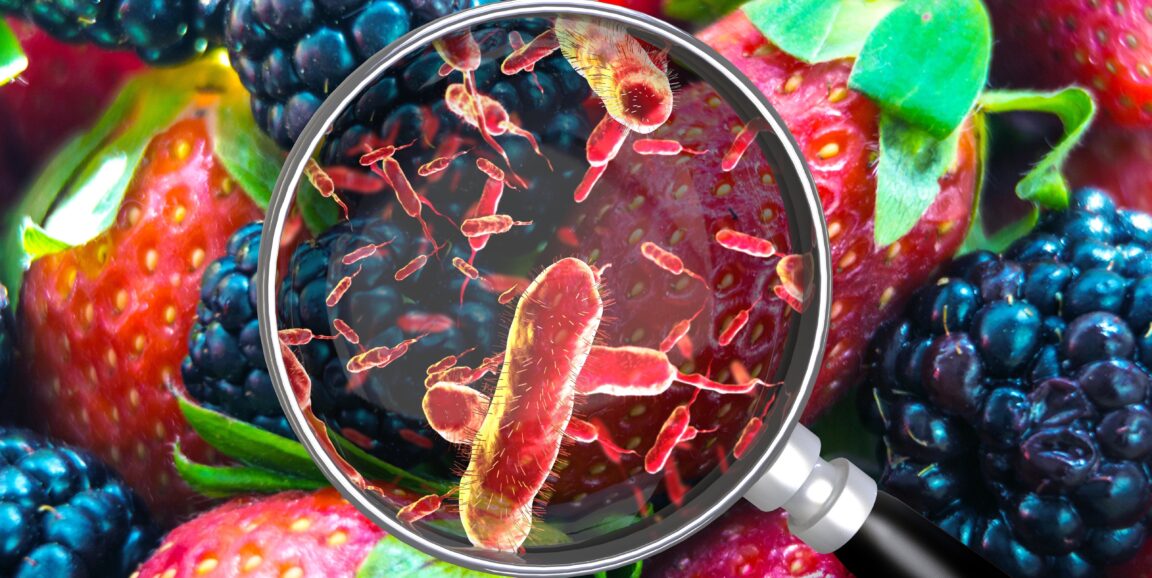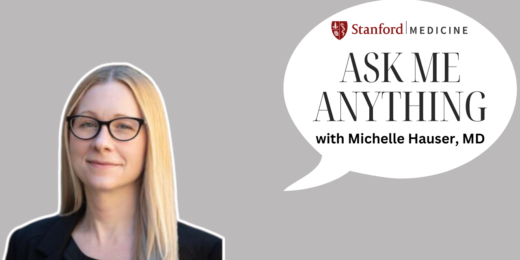Soon after eating a kale salad, your stomach churns and you need to run to the nearest bathroom. There must have been something in the salad to make you sick -- right?
Probably not. While a few gut-unfriendly pathogens make their presence known immediately, the most common culprits in the United States -- e. coli, salmonella, norovirus and campylobacter -- lurk in your bowels for several hours or days before the symptoms of food poisoning appear.
It takes time for the invaders to multiply in your intestines before you experience the telltale nausea, diarrhea and vomiting, explained Denise Monack, PhD, a professor of microbiology and immunology.
"If several people eat the same contaminated food," Monack said, "some may get sick; some may not. And those who get sick will start to feel the effects at different times -- a day later, or several days later."
It depends on a variety of factors, she said: individual gut microbiomes, what other foods people ate, how much of the pathogen they consumed and the strength of their immune systems.
The upshot: If you suspect food poisoning, you're unlikely to know the cause. The turkey sandwich you chowed down at a deli last week could be the guilty party just as easily as the fruit smoothie you made for breakfast yesterday.
Care for an unhappy stomach
If you're suffering from nausea, diarrhea or vomiting, Monack advises drinking plenty of fluids and avoiding foods with fiber, as that's what the pathogens use to reproduce. Food poisoning can also cause fever, which can be treated with acetaminophen, she said.
She cautions against taking antibiotics, which are sometimes prescribed: "You're killing off other bacteria in your gut that help you recover. If there were a drug that could kill only e. coli or salmonella, that would be perfect. But that doesn't exist."
Most people recover from food poisoning within a few days. However, some microbial pathogens can hang around in your gut for a week or so. If you're not feeling better within 10 days, Monack said, see a doctor.
Monack's lab studies salmonella -- what pathways it uses to grow in the gut, how it's transmitted to uninfected hosts and the immune response to it, among other aspects. Researchers in her lab recently described how salmonella uses an enzyme to liberate its own food source, a sugar called arabinose, from fibers in our diet.
In the U.S., foodborne pathogens typically stem from undercooked meat, raw seafood, or raw produce or grains that have been contaminated with feces from rodents, farm animals or organic fertilizer. Norovirus can also spread from person to person via contaminated surfaces.
You can avoid food poisoning by washing your hands frequently, keeping kitchen surfaces clean, cooking foods to the recommended temperature and refrigerating leftovers promptly. (Find more tips here.)
"Food poisoning has a pretty minimal impact here in the United States," Monack said. "People get sick occasionally and generally recover within a week."
Food poisoning worldwide
In developing countries, however, foodborne pathogens are a serious problem, she noted. Many parts of the world lack adequate sanitation systems, causing sewage to contaminate drinking water as well as irrigation for crops that are eaten raw.
"Diarrhea is a major cause of death, for children in particular," she said, adding that frequent bouts of diarrhea can stunt growth.
Despite all her research into foodborne illnesses, Monack said she doesn't let pathogen paranoia rule her life.
"If I go to a picnic, I won't eat the potato salad," she said, because bacteria multiply rapidly at temperatures we find comfortable. "But I eat my hamburgers slightly undercooked, because I like them that way."






